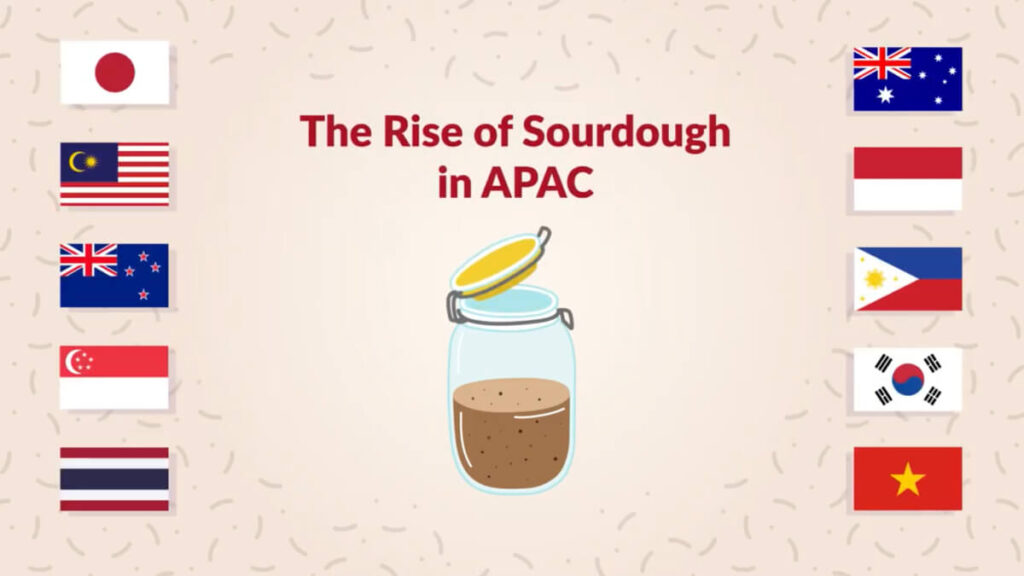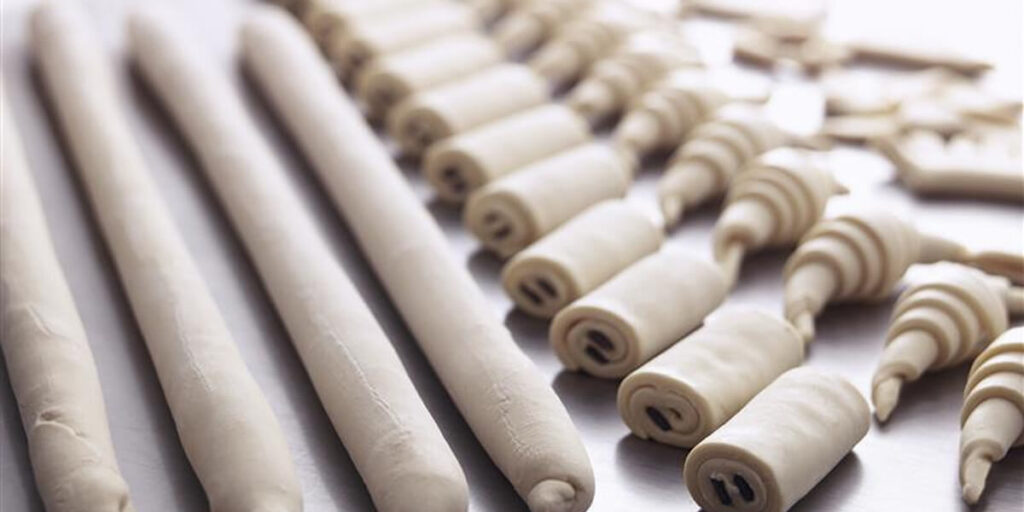Sourdough bread has become increasingly popular in Asia Pacific. In 2020, the number of new packaged breads with sourdough claims was triple that of 2016. Reasons for this meteoric rise range from a greater focus on nutrition to the rise in cafe-hopping.
Using sourdough in bread benefits bakery businesses in several ways, such as the ability to achieve a unique visual and flavour signature. At the same time, customers get to enjoy a new artisanal offering as an alternative to regular white bread.
That said, perhaps you might find it challenging achieving consistent results for your sourdough bread.
With our Livendo® range, you can look forward to consistently getting the right taste, texture and volume. Furthermore, you can expand your repertoire of recipes since sourdough can also be used for Asian breads and Viennoiseries.
Watch the video to learn more about the sourdough trend and how you can continue satisfying customer tastebuds.
Tell us your baking ideas and needs, because we’re ready to support you with our innovative baking solutions.
You can also follow us on Facebook, Instagram, or LinkedIn to stay on top of the latest consumer food trends.




